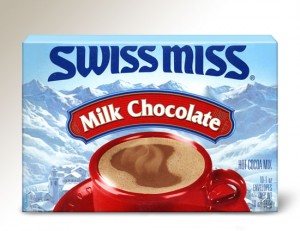This is Part 3 of my Lodi Old Vines Zin series. Part 1 was the Spellbound 2005 and Part 2 was the (great value!) Ravenswood 2006. I have a few more bottles to try out so check back or subscribe to the RSS feed. If you have some Lodi OVZ favorites, leave a comment.
Gnarley Head Old Vines Zinfandel 2006 Lodi
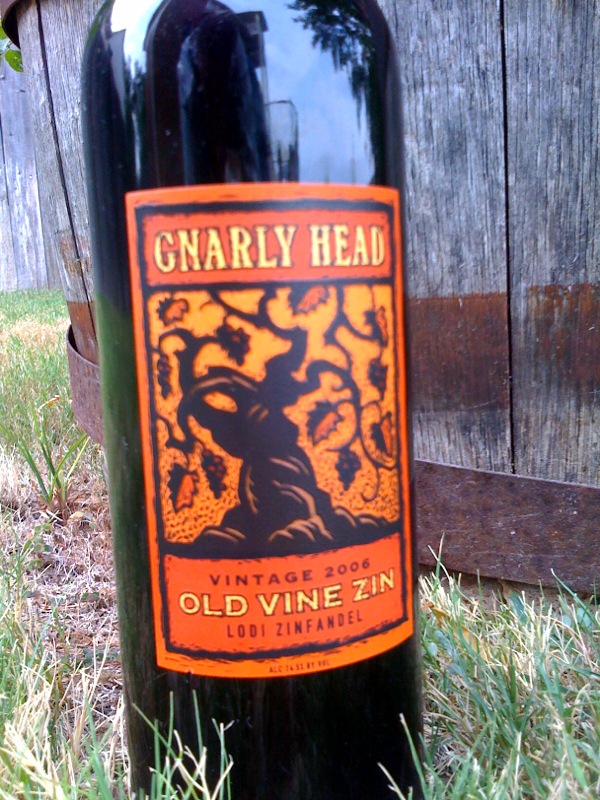 Producer: Gnarly Head
Producer: Gnarly Head
Grapes: Zinfandel (neither the label nor the website says whether it’s 100% or a blend)
Appellation: Lodi
Vineyards: 35-80 year old head-pruned vines in sandy soils.
Winemaking/Aging: Aged in not one, not two, but three types of oak: French, American and Hungarian. Neither the label nor the website says exactly how long it spends in oak or the % new.
Alcohol: 14.5%
Price: About $10-12
My tasting notes: Dusty dark fruit on the nose with lots of black pepper and a hint of green pepper. On the palate, I get spiced berries and plum. The flavors are rich, but it quickly starts to feel a bit light/hollow. The finish is short and a bit hot.
Overall assessment: The flavor profile is fine, but the wine lacks the depth or intensity that I expect from old vines Zin. It’s pleasant, but not memorable. C
Free association: Lightweight and disappears quickly … like the Spin Doctors. (click for video)
More info:
Gnarly Head’s tech sheet.
Lots of other bloggers have posted on this, including: Daily Wine Tasting, A Bottle A Week, Wine For The Cheap and Gabe’s View.
Some notes at Cork’d.

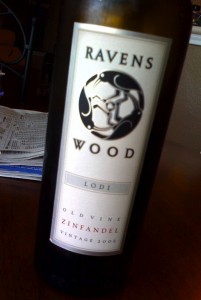 Producer: Ravenswood
Producer: Ravenswood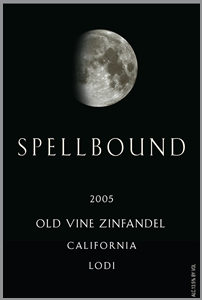 Producer: Spellbound
Producer: Spellbound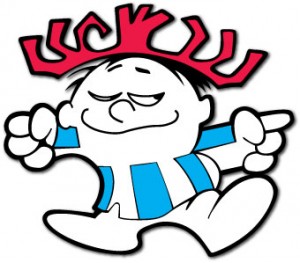
 I originally intended this to be a 2 bottle series — just pick up two readily available unoaked Chardonnay’s and do a little compare and contrast. I was a bit disappointed with both bottles so I decided to extend the series. I stopped by Whole Foods (the flagship location at Austin HQ) and grabbed two more.
I originally intended this to be a 2 bottle series — just pick up two readily available unoaked Chardonnay’s and do a little compare and contrast. I was a bit disappointed with both bottles so I decided to extend the series. I stopped by Whole Foods (the flagship location at Austin HQ) and grabbed two more.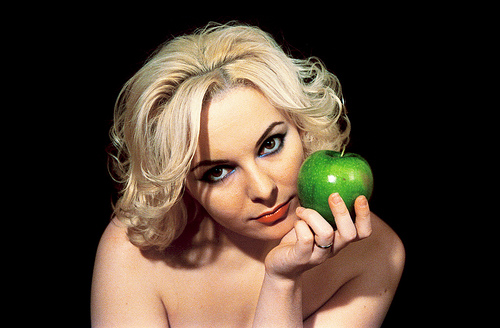
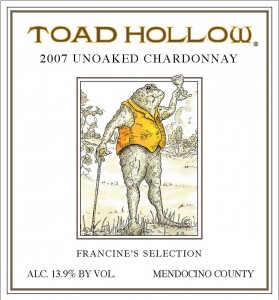
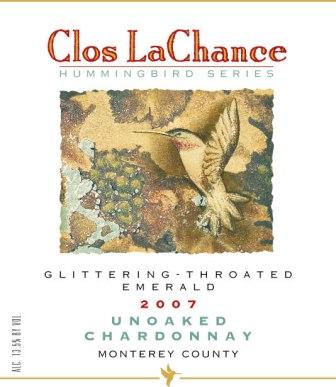
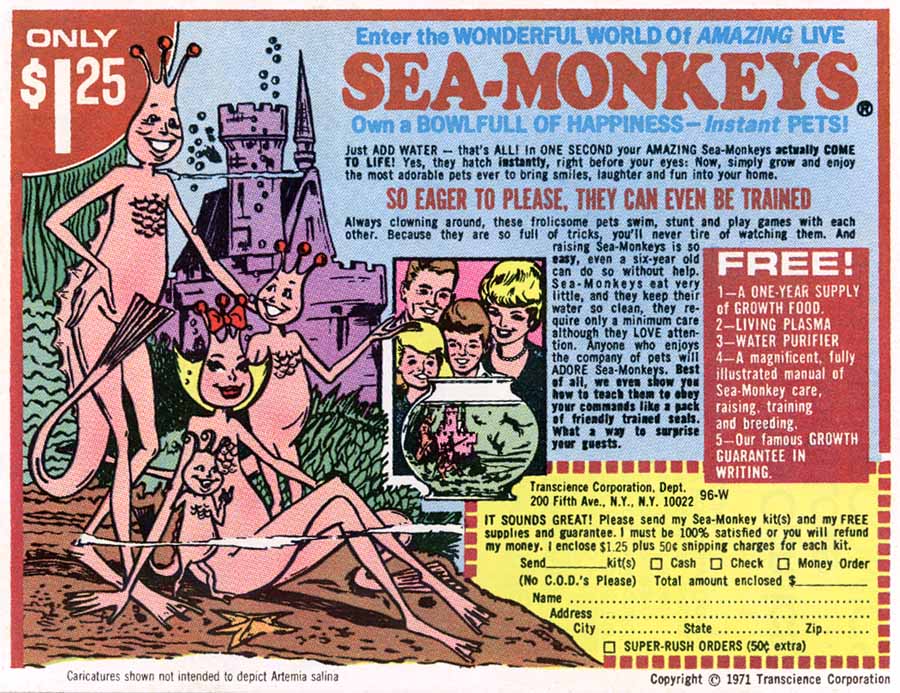
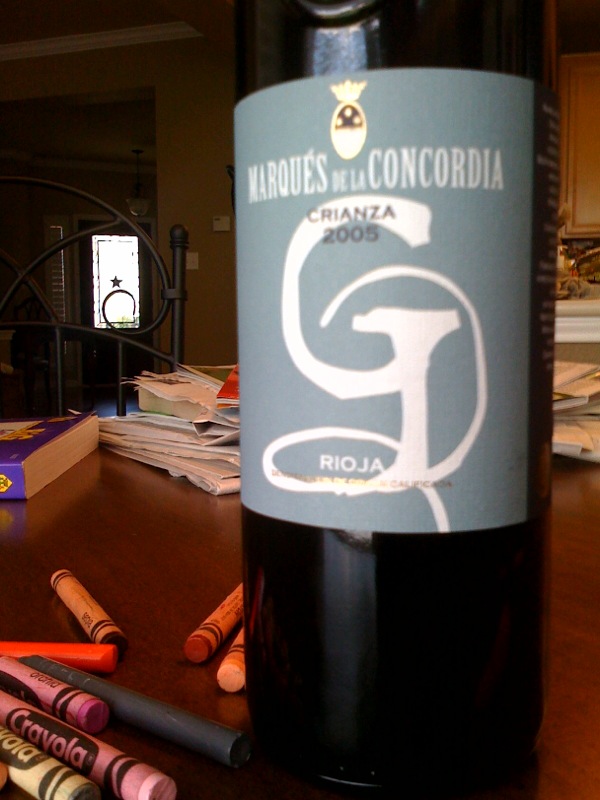
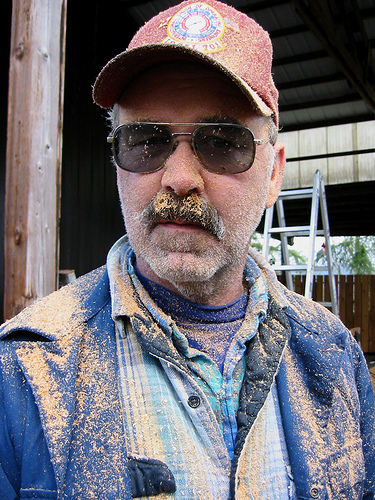
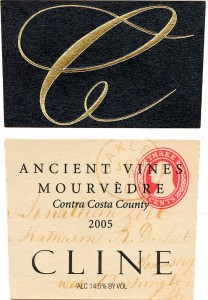
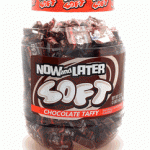
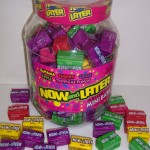
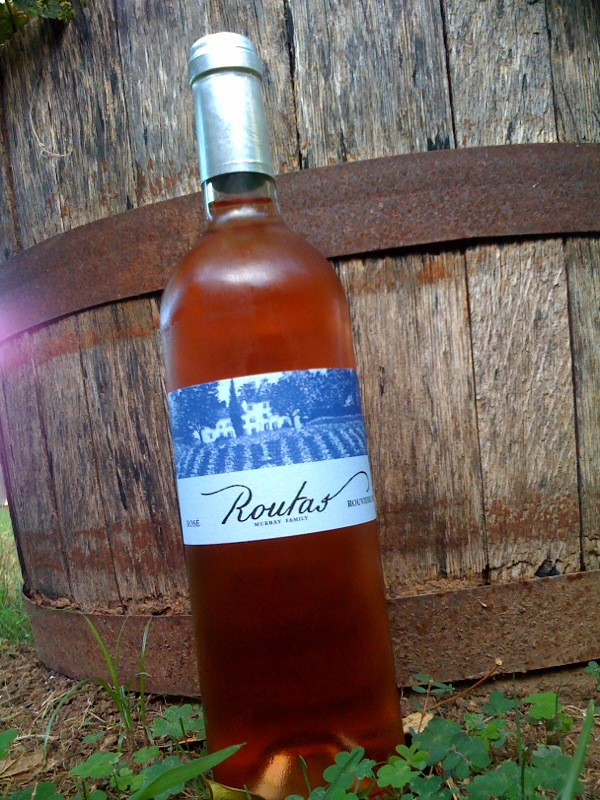 Producer: Chateau Routas
Producer: Chateau Routas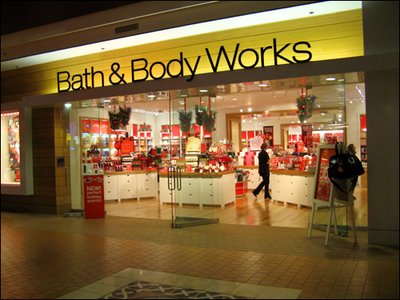
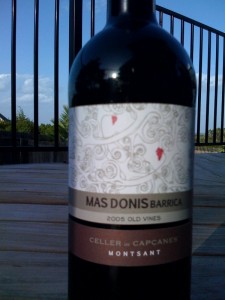 Even though I try not to be a score-shopper (“90+ only, please!”), it’s hard to pass up a 91-pointer for under $12 from an up-and-coming appellation: Montsant. It’s a relatively new Spanish D.O., formerly a sub-region within the Tarragona D.O. It essentially surrounds the Priorat D.O., which is home to many high-dollar cult wines. Like Priorat, Montsant is planted mostly to Garnacha (Grenache) and Cariñena (Carignane). Let’s check it out.
Even though I try not to be a score-shopper (“90+ only, please!”), it’s hard to pass up a 91-pointer for under $12 from an up-and-coming appellation: Montsant. It’s a relatively new Spanish D.O., formerly a sub-region within the Tarragona D.O. It essentially surrounds the Priorat D.O., which is home to many high-dollar cult wines. Like Priorat, Montsant is planted mostly to Garnacha (Grenache) and Cariñena (Carignane). Let’s check it out.